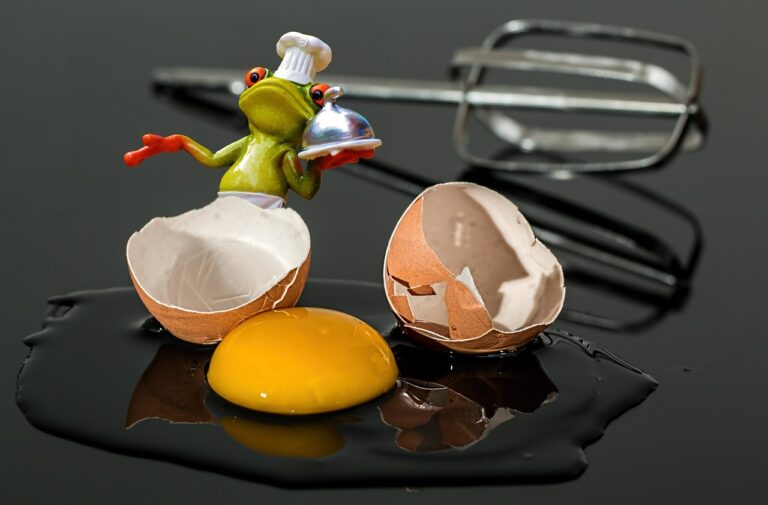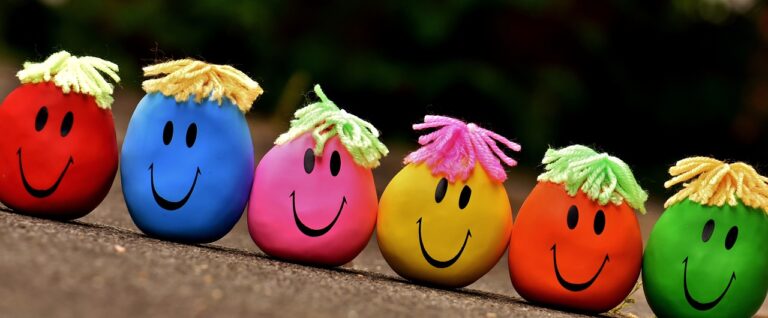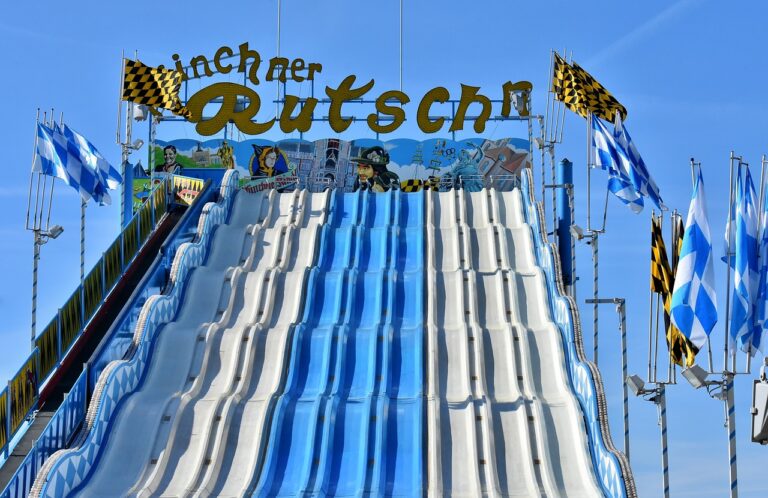The Psychology of Memes: How Internet Culture Shapes Entertainment
In the vast landscape of the digital realm, internet culture has undergone a remarkable evolution that has transformed the way we communicate, create, and interact. From the early days of chat rooms and dial-up connections to the social media platforms and meme hubs of today, the internet has become a dynamic space where ideas, trends, and content spread at lightning speed.
Gone are the days when online culture was confined to a niche group of tech enthusiasts. Today, the internet has woven itself seamlessly into the fabric of everyday life, influencing everything from mainstream media and politics to fashion and entertainment. Social media platforms like Facebook, Instagram, and TikTok have revolutionized how we connect with others, share our stories, and engage with the world around us. This evolution of internet culture has sparked a new wave of creativity and collaboration, giving rise to a digital landscape that is constantly evolving and expanding.
The Power of Visual Communication
Visual communication holds an undeniable influence in today’s digital age. The saying “a picture is worth a thousand words” rings true as images have the ability to convey complex messages instantly. In a fast-paced world where attention spans are fleeting, visual elements grab a viewer’s attention more effectively than text alone.
With the rise of social media platforms and the endless scroll of content, captivating visuals are key to making a lasting impact. From striking graphics to immersive videos, visual communication has the power to evoke emotions and create a memorable experience for audiences. Brands leverage this form of communication to create brand awareness, evoke consumer interest, and ultimately drive engagement.
The Role of Humor in Memes
Memes have become a prominent aspect of online communication, with humor playing a central role in their creation and dissemination. The ability of memes to elicit laughter or a sense of amusement in viewers is crucial to their success in virality. Whether it’s through clever wordplay, relatable situations, or absurd scenarios, humor serves as the driving force behind the appeal of memes.
Additionally, humor in memes often acts as a coping mechanism for individuals during challenging or stressful times. By providing a light-hearted or comical perspective on various topics, memes not only entertain but also offer a cathartic release for people navigating the complexities of everyday life. This therapeutic function of humor in memes contributes to their widespread popularity and enduring presence in online culture.
What is the significance of humor in memes?
Humor plays a crucial role in memes as it helps to grab the viewer’s attention, create relatability, and convey messages in a light-hearted manner.
How do memes contribute to the evolution of internet culture?
Memes serve as a form of visual communication that quickly spreads through social media, shaping online conversations and reflecting current societal trends and attitudes.
Can memes be considered a form of art?
While memes may not follow traditional artistic conventions, they can be seen as a creative outlet that combines humor, visual elements, and cultural references to make a statement or evoke emotions.
How do memes affect our daily lives?
Memes have become a significant part of modern communication, influencing how we express ourselves, share information, and connect with others online. They can provide entertainment, commentary, and a sense of community.
Are there any negative aspects associated with the use of memes?
While memes are generally meant for entertainment and social interaction, they can sometimes perpetuate harmful stereotypes, spread misinformation, or contribute to online bullying. It’s important to be mindful of the content we create and share.







